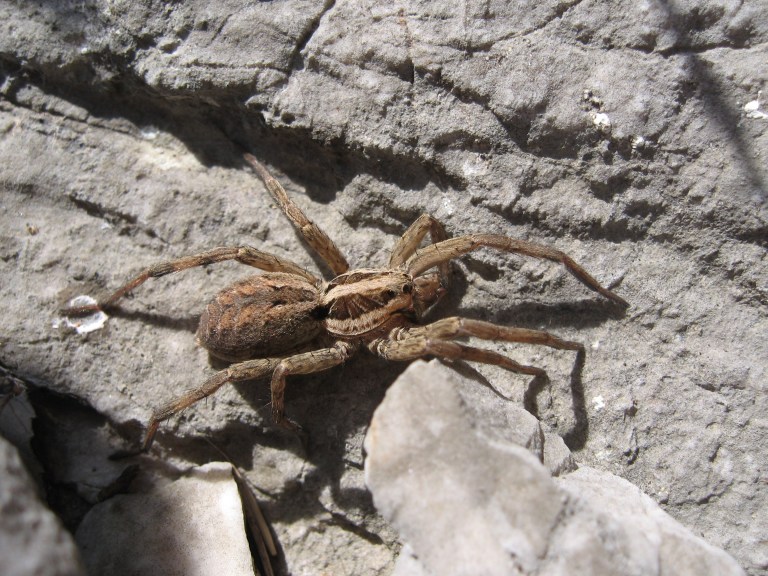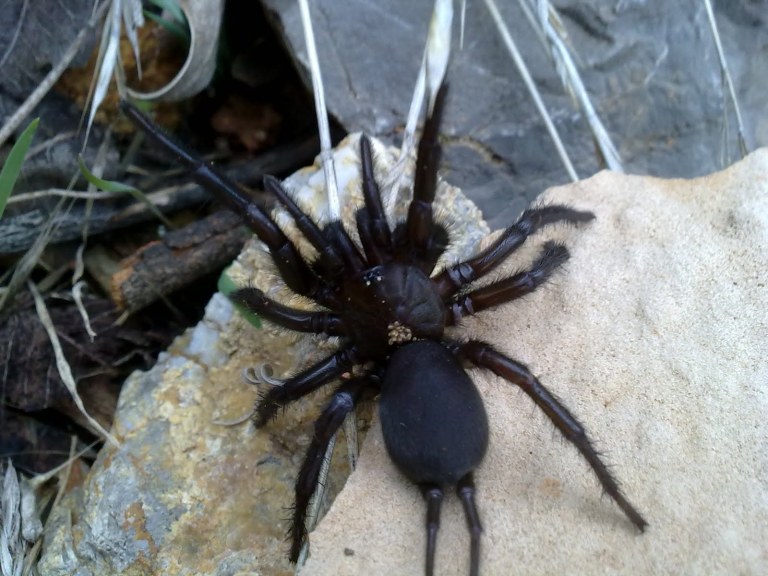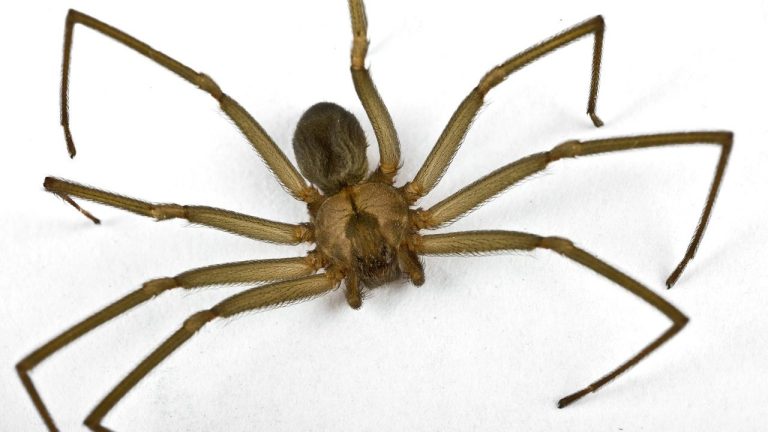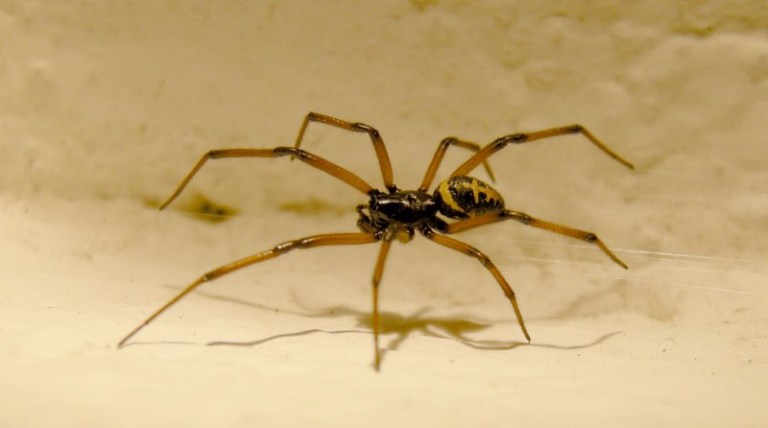There have been a few posts on our groups lately regarding the appearance of some eight-legged friends being found taking a bathe in our pools! So to clarify and give some information on what to do if bitten by one of these chaps, here is the “low-down” on Spain’s world of spiders.
There are, in fact, more than 1,700 species of spiders in Spain, only four of which are potentially dangerous to humans.
The Black Widow, Mediterranean Tarantula, Brown Recluse Spider and Mediterranean Funnel Web Spider can all deliver a nasty bite, although none are fatal to humans
We have put all the photos in a gallery at the base of this article as we know some people cannot even bare to look at them!
THE BROWN RECLUSE SPIDER
Found mainly in Cadiz and Andalusia – Phew! Size: 15mm.
He is one of the more dangerous spiders in Spain. It can be recognised by marking on its back in the shape of a violin, which is why it is sometimes called the ‘fiddle-back’, ‘violin spider’ or the ‘reaper’. If you are bitten, you may not even notice at the time, but it will soon become very painful. A ‘bulls-eye’ shape wound is formed and it can be painful and itchy for between 2 and 8 hours after the bite. Often an open sore will develop later, which can take a few months to heal.
THE MEDITERRANEAN TARANTULA
Mainly native to Toledo. Size: 30mm body length (female)
If you are bitten by a Mediterranean Tarantula the pain is said to be similar to that of a wasp sting. As many know, it is not easy to be a “Senor Tarantula”, as the larger females will eat the weaker males for supper. Studies suggest that the male victims are not always sexual partners, but that the females will have an appetite for their fellow tarantulas after copulation. It seems that this nasty nature produces more and stronger baby spiders, but regardless, is still pretty yucky!
You might possibly find, dead tarantulas in your pool or filter. If you find one, don’t touch it with your bare hands because its hair can cause irritation. The ones you find in the pool filter are probably males, because the females tend to live in burrows.
THE SPANISH BLACK WIDOW
Found in Valencia, Almeria, Aragon and Andalusia . Size: 15mm (female, is twice the size of the male).
The Spanish Black Widow Spider is Europe’s most dangerous spider. A bite from one of these will cause extreme pain. Symptoms of a bite can include fever, blindness, vomiting, asphyxiation and even respiratory failure. In other words: steer clear of these little guys! Male black widows are black with red spots, so are pretty distinctive.
THE MEDITERRANEAN FUNNEL WEB
Found mostly in Cádiz and Málaga coastal areas, also Huelva, Sevilla, Granada, Jaén, Gibraltar and Extremadura. Size: Up to 35mm.
Europe’s largest spider and the one that many of us think are taking a swim in our pools. These scary looking monsters are a protected species apparently! Like the tarantula, their bite is similar to a wasp sting and about as dangerous, so in other words you are only at risk if you are allergic. In Spain they are called ‘La araña negra de los alcornocales‘ because the largest population of these spiders are found in the Alcornocales National Park in Andalusia. Steering clear of that for a weekend beak then eh folks?
If you are bitten: Always try to kill the spider and keep the body. This helps the doctor to identify which spider anti venom is needed for treatment.
Using images alone, it can be difficult to distinguish a spider bite from other insects. To receive the proper treatment, it is important to recognize the symptoms of a spider bite.
1. Before you can examine it, it is important to wash the wound with soap and water. This will make identification bite much easier.
2. Check to see if the bite is raised. A common symptom of spider bite is that the skin becomes irritated and raised. It may look like a blister and will probably itch or sting. If the bite diminishes or disappears, it is probably a common house spider or other insect.
3. If you experience nausea, headache, severe skin damage, a lot of pain, or muscle spasms. Is this the signs and symptoms of a serious spider bite and you should see a doctor immediately.
Seeing a spider bite it is important that you get antivenom that you get at most pharmacies, hospitals and among physicians in Spain. It is recommended to kill the spider and take it with you for identification.
Treatment: Do not ignore bites. Always get medical attention as early as possible.
And now to the gallery….eeek! Arachnophobics close the page now! Then we will be back with snakes, scorpions and Irritating Bar Owners soon. 😉






